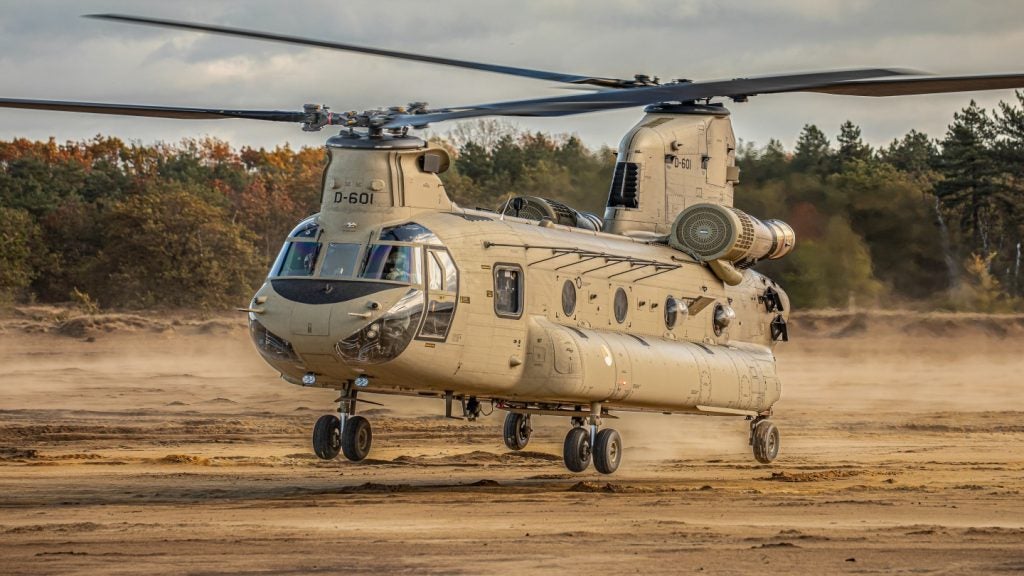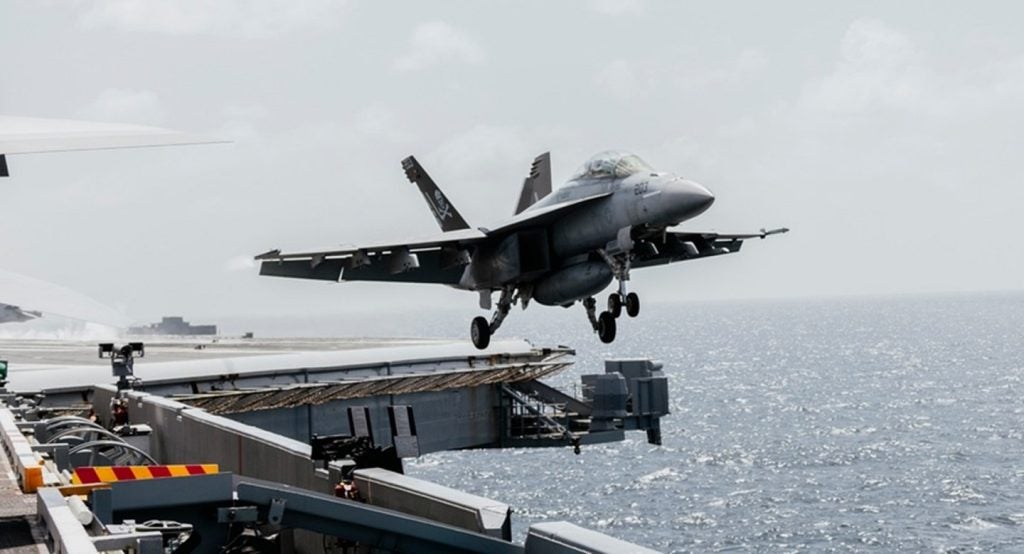
Air power specialists at the Chief of the Air Staff’s Global Air and Space Chiefs Conference 2023, on the 12-13 July, agreed that air superiority was a necessity for a successfully credible deterrence against Russia.
Currently, the Ukrainian Armed Forces are currently mounting a counter-offensive that aims to drive out the invading Russian forces dug-in the south and east of Ukraine. The force must overcome a Russian defensive network that includes extensive minefields and pre-planned security zones used to direct and channel offensive manoeuvres, all while enduring indiscriminate Russian strikes against military personnel and critical national infrastructure.
The Euro-Atlantic coalition has donated incremental packages of military assisstance comprising various types of platforms and equipment, mostly land-based systems, to support the war effort. The United States alone has provided $41.3bn in security assistance to Ukraine since Russia invaded in February last year – they are the largest supplier to the wartorn country.
However, at the Chief of the Air Staff’s event, the UK Minister of the Armed Forces, James Heappey, asserted that on Nato’s eastern flank, “mission success on the ground means superiority in the air.” While Ukraine’s progress remains slow, a successful deterrence against Russia is only possible through air superiority.
This was affirmed by one vociferous panelist, Professor Justin Bronk, Senior Research fellow in Airpower and Technology at the Royal United Services Institute. Bronk advocated for a smarter strategy in gaining air superiority in Ukraine and maintaining it across Europe.
This must be done sooner rather than later, for in the 2026 to 2028 timeframe, the US military will be desperately stretched against the Chinese threat that they will be less able to defend their allies. “[The US] are going to be pulling [equipment] out of Europe not putting it back in,” Bronk said.
How well do you really know your competitors?
Access the most comprehensive Company Profiles on the market, powered by GlobalData. Save hours of research. Gain competitive edge.

Thank you!
Your download email will arrive shortly
Not ready to buy yet? Download a free sample
We are confident about the unique quality of our Company Profiles. However, we want you to make the most beneficial decision for your business, so we offer a free sample that you can download by submitting the below form
By GlobalDataHow to ensure strategic air superiority?
“To me the key requirement from an air perspective in this [ground-based] war is if you can provide something that will be able to keep the VKS – the Russian Aerospace Forces’ combat air – at arms length,” Bronk stated.
“[This is] a supplementary capability to the main ground based air defence, then that is worth an enormous amount to buy out the risk of Russian air superiority at some point down the line.”
Bronk suggests that a major problem on the eastern flank are Russia’s mobile air defence systems. These are costly and difficult to reproduce:
“They are mobile so they move quickly, you need to be able to hunt them down with an active seeker… You only need to kill a couple [of] hundred of these things. They are finite, the Russians cannot produce them on mass like they can tents and simple artillery and conscript and they also can’t produce trained crews for them that quickly.”
“If we do have air superiority, [air defences] will simply be vaporised one BTG [battalion tactical group] at a time, fourth and fifth generation air power with direct attack munitions. Forces in Europe are very good at close air support and air interdiction. So, you have to be able to kill these at scale.”







